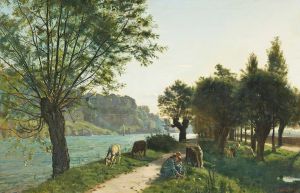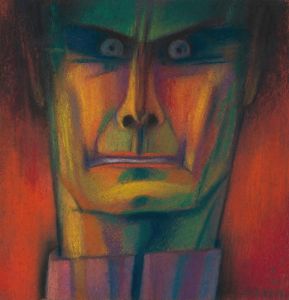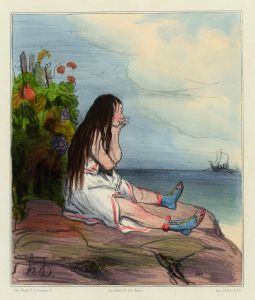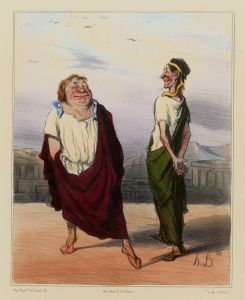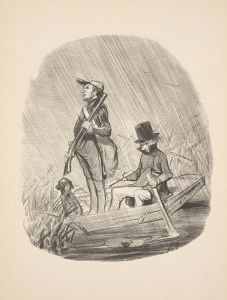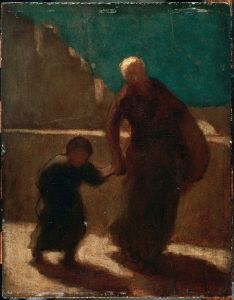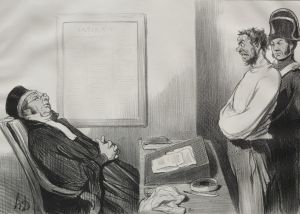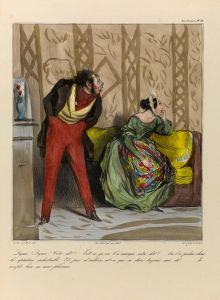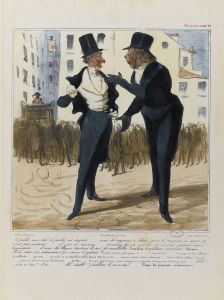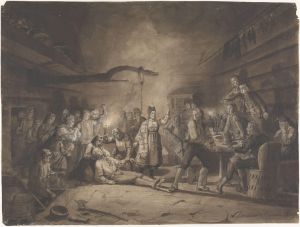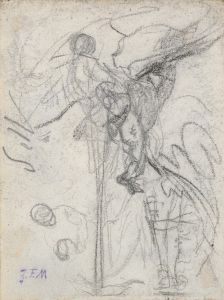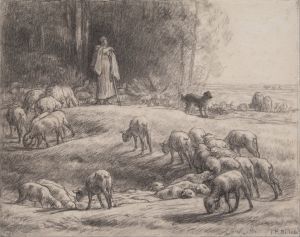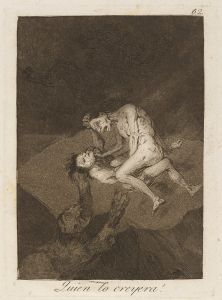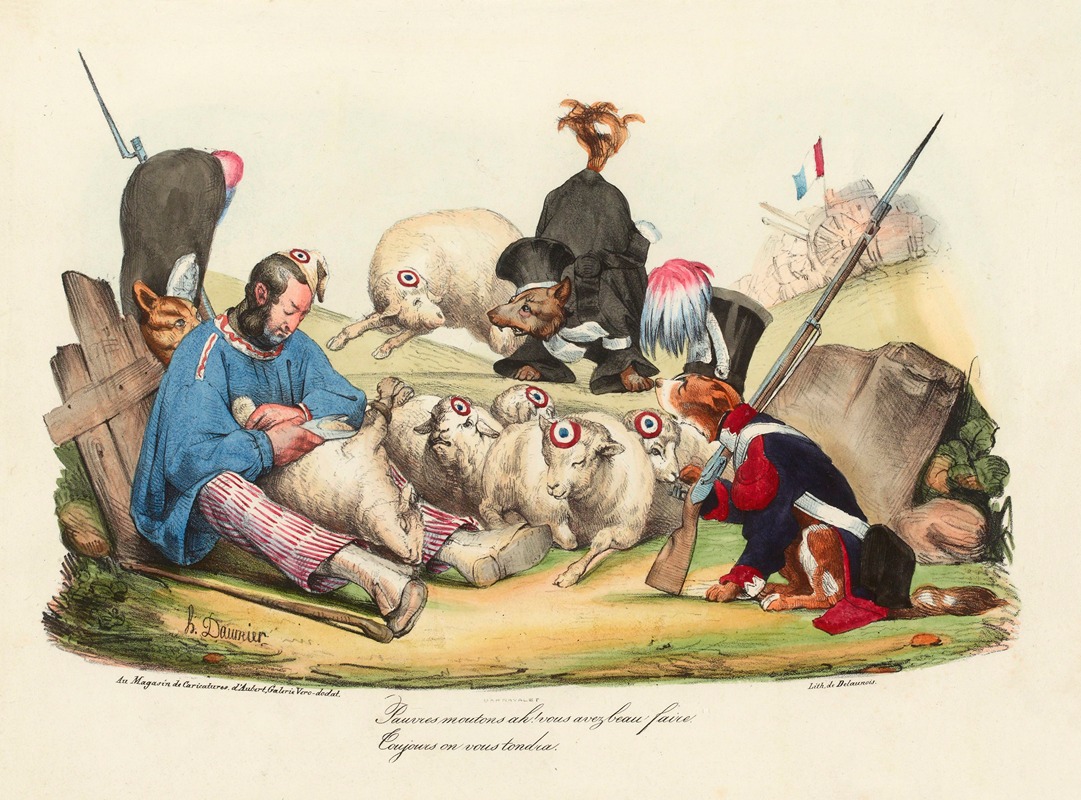
Pauvres moutons ah
A hand-painted replica of Honoré Daumier’s masterpiece Pauvres moutons ah, meticulously crafted by professional artists to capture the true essence of the original. Each piece is created with museum-quality canvas and rare mineral pigments, carefully painted by experienced artists with delicate brushstrokes and rich, layered colors to perfectly recreate the texture of the original artwork. Unlike machine-printed reproductions, this hand-painted version brings the painting to life, infused with the artist’s emotions and skill in every stroke. Whether for personal collection or home decoration, it instantly elevates the artistic atmosphere of any space.
Honoré Daumier, a prominent French artist, caricaturist, and sculptor, is best known for his satirical works that critiqued the social and political climate of 19th-century France. Among his extensive body of work is the painting Pauvres moutons ah (translated as "Poor Sheep, Ah"). This piece reflects Daumier's characteristic style, blending sharp social commentary with a deep understanding of human and animal expression.
Pauvres moutons ah is a lesser-known work by Daumier, and specific details about its creation, such as the exact year it was painted or its intended purpose, are not widely documented. However, the title and subject matter suggest a focus on the plight of sheep, which may serve as a metaphor for broader societal issues. Daumier often used animals in his art to symbolize human behavior or to critique societal norms, a common practice in his satirical oeuvre.
The painting is executed in Daumier's signature style, which combines loose, expressive brushwork with a focus on emotional resonance. His ability to convey mood and narrative through minimal detail is evident in this work. The sheep depicted in the painting appear to evoke a sense of vulnerability or helplessness, aligning with the title's lamentation. This emotional depth is a hallmark of Daumier's art, which often sought to elicit empathy or provoke thought.
Daumier's works were deeply influenced by the political and social upheavals of his time, including the July Monarchy, the 1848 Revolution, and the rise of the Second Empire under Napoleon III. While Pauvres moutons ah does not explicitly reference a specific event, it is consistent with Daumier's broader themes of critiquing authority and highlighting the struggles of the oppressed or marginalized.
The painting is part of Daumier's extensive artistic legacy, which includes thousands of lithographs, paintings, and sculptures. His works are celebrated for their incisive wit, technical skill, and enduring relevance. Today, Pauvres moutons ah is recognized as an example of Daumier's ability to blend artistry with social commentary, though it remains less studied compared to his more famous works, such as his political caricatures or the Don Quixote series.
Due to limited documentation, further details about the painting's provenance, current location, or reception during Daumier's lifetime are not readily available. However, it remains an important piece within the context of his artistic exploration of societal themes.





